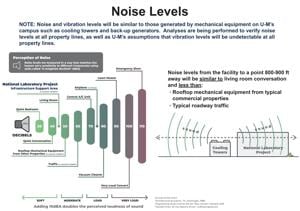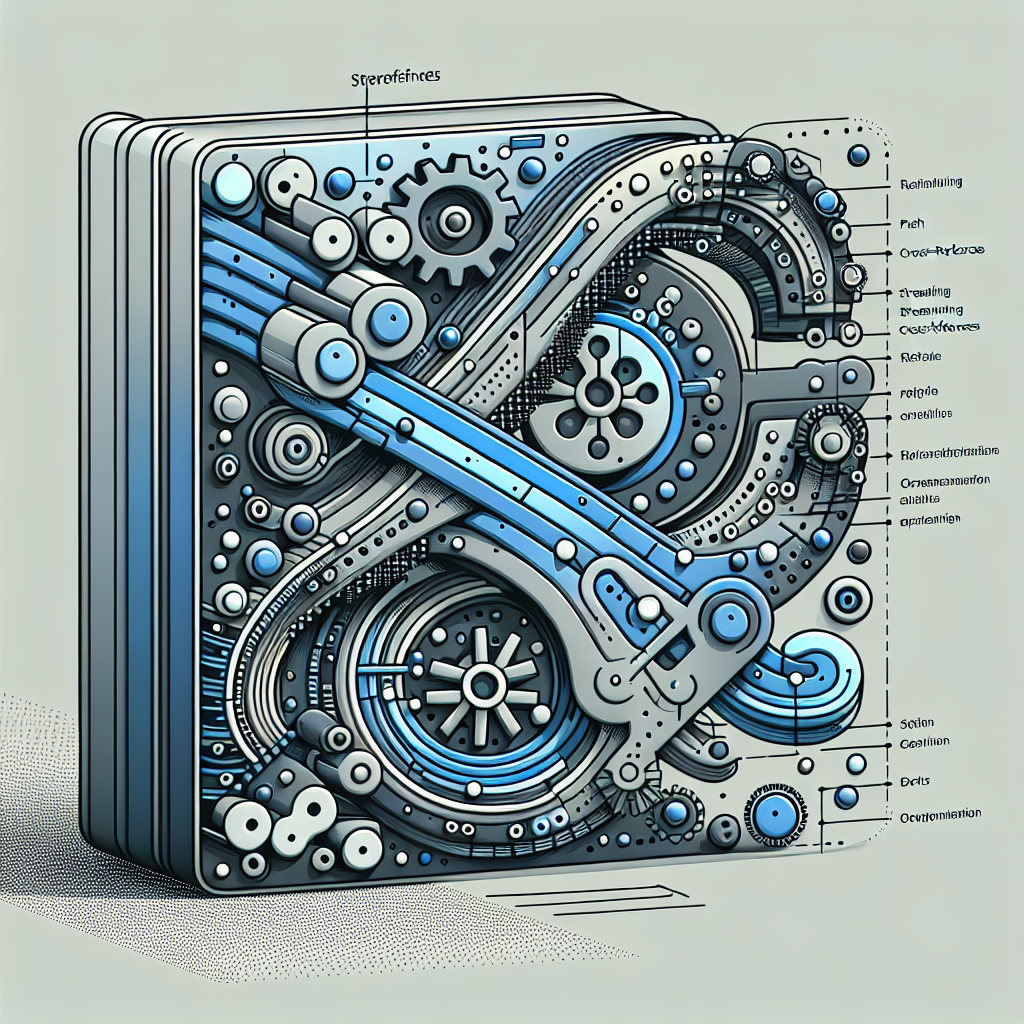In the realm of technical writing, the need for efficient management of content is paramount. The Darwin Information Typing Architecture (DITA) has become a leading standard for authoring and managing content, particularly due to its modular and topic-based approach. However, managing cross-references during the refactoring process can pose significant challenges. This article delves into effective strategies for streamlining cross-references within DITA, ensuring documentation remains coherent and user-friendly.
Understanding Cross-References in DITA
Cross-references in DITA serve as vital links connecting various topics within a documentation set or to external resources. They enhance the reader’s understanding by providing context and directing them to relevant information. Yet, as content evolves—whether through updates, reorganizations, or content reuse—the integrity of these links can suffer. This evolution often leads to broken links and outdated references, complicating navigation for users.
Challenges Encountered During Refactoring
Technical writers frequently face several issues related to cross-references during the refactoring process:
– **Outdated Links**: Changes in content can render previous links obsolete, disrupting navigation paths.
– **Inconsistent Terminology**: Revisions aimed at enhancing clarity may change terminology, resulting in confusion if cross-references are not updated.
– **Redundant Relationships**: Refactoring may expose multiple cross-references pointing to the same topic, cluttering the documentation and confusing users.
– **Complex Structures**: In extensive documentation sets, tracking and updating cross-references can become a labor-intensive task requiring meticulous oversight.
To address these challenges, organizations can adopt several strategies for effective management of cross-references.
Strategies for Streamlining Cross-References
1. **Implement a Consistent Review Process**
Establishing a clear workflow for reviewing links and references whenever content is revised is essential. This could involve conducting regular link audits to check for broken links and creating a content map that visually represents topic relationships. Such maps help identify redundant or obsolete links.
2. **Use a Centralized Cross-Reference Database**
Developing a centralized system for managing cross-references is beneficial. Creating a repository or index of all topics with their corresponding links simplifies the process of searching for and updating cross-references. Utilizing DITA specialization to create consistent templates for cross-references can also aid in managing their attributes effectively.
3. **Automate Management with Tools**
Numerous tools are available to automate and simplify cross-reference management. Many content management systems (CMS) and authoring tools now include link-checking functionalities, which automatically identify broken links, saving time and ensuring accuracy. Additionally, refactoring tools specifically designed for DITA can facilitate automatic updates to cross-references as topics are modified.
4. **Enhance Training and Guidelines**
Ensuring all stakeholders are well-acquainted with DITA best practices can drastically reduce errors. Creating clear documentation for authors on how to effectively manage cross-references, along with regular training on tools and processes, can enhance team efficiency.
5. **Embrace Topic Reuse**
As content expands, evaluating the potential for topic reuse helps reduce redundancy and complexity in cross-references. A modular approach allows for topics to be reused across various documentation sets, establishing canonical sources for information to maintain consistency. Implementing a versioning system for topics enables authors to manage updates more effectively, ensuring cross-references remain current.
In conclusion, streamlining cross-references during DITA refactoring is crucial for maintaining the usability and integrity of technical documentation. By establishing consistent review processes, utilizing centralized databases, automating management, enhancing training, and adopting a modular approach, organizations can alleviate the challenges associated with cross-reference management. This proactive approach ultimately leads to more coherent and reader-friendly documentation, enhancing user experience and improving content quality. As the landscape of technology continues to evolve, the emphasis on effective content management strategies within DITA will remain increasingly important.






































































